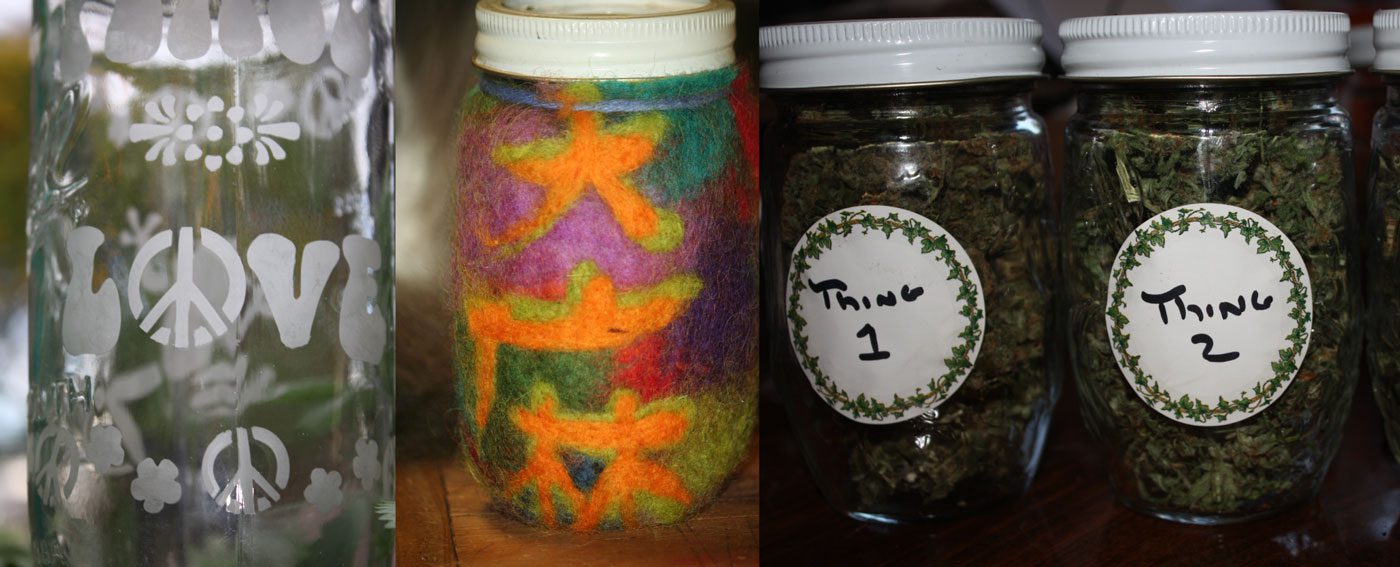Crucial for preserving its quality over time, especially for outdoor home gardeners with large harvests. Using an airtight container for your cannabis storage can significantly extend its shelf life, maintaining stability for months without the need for humidity adjustments. This method ensures that how to preserve cannabis effectively becomes a simpler task, keeping the last smoke as satisfying as the first.
Keep It Dry
To ensure your cannabis stays fresh and free from mold, maintaining the right humidity is key. Aim for around 60% humidity at room temperature to keep it dry. Utilizing humidor products, like natural salt packs, can help regulate this moisture level effectively. However, be cautious with traditional humidors designed for tobacco, as they may not be airtight and could alter the flavor of your cannabis. If your cannabis becomes too dry, introducing a moist piece of terracotta can help increase humidity safely. Avoid using food items for rehydration, as they can introduce mold. For more detailed strategies on cannabis storage and how to preserve cannabis, it’s beneficial to consider these approaches.
Keep It Cool
To ensure optimal cannabis storage and preserve its quality, keeping your cannabis cool is crucial. Room temperature or slightly cooler environments are ideal, with constant temperatures preferred over fluctuating ones. Warm conditions can lead to moisture loss and increased terpene evaporation, diminishing flavor and aroma. It’s also advised to avoid storing cannabis in the refrigerator due to the changing air conditions every time the door is opened. Freezing cannabis is an option for extending its shelf life, but it can make trichomes brittle. For long-term storage, especially for concentrates, using a sealed container is recommended to prevent freeze drying and maintain structural integrity.
Keep It Dark
To enhance the longevity and maintain the quality of cannabis, it’s crucial to store it away from light, especially UV rays, which can degrade its active components. Keeping cannabis in a dark environment, such as a closet, helps preserve its potency and appearance. This approach aligns with best practices for cannabis storage, emphasizing the importance of darkness in keeping cannabis fresh and detailing how to preserve cannabis effectively.
Keep It Air-tight
To ensure cannabis storage effectiveness, maintaining an air-tight environment is crucial. This method controls moisture, preserves essential oils, and slows oxidation by restricting air exchange. For enhanced preservation, consider using oxygen absorbers or filling the container with nitrogen gas, strategies that are particularly beneficial for long-term cannabis storage. These techniques help to keep cannabis storage optimal by maintaining consistent humidity and minimizing oxygen exposure, crucial for how to preserve cannabis effectively.

Keep It Glassy
Glass containers are preferred for cannabis storage as they don’t react with the product, unlike plastic bags which can lead to loss of trichomes due to static and mechanical action. For optimal cannabis preservation, it’s essential to store these glass containers in a dark place, as they aren’t typically lightproof. Despite the prevalence of plastic packaging for commercial cannabis products, this choice is driven by cost, regulatory, and shipping conveniences rather than keeping cannabis storage quality.
Choose Cannabis Containers Wisely
When selecting containers for cannabis storage, it’s crucial to consider the impact of air, particularly oxygen, on cannabis quality. Using the right-sized container to minimize headspace or opting for a partial vacuum can help preserve cannabis. While sandwich bags are common and accessible, they aren’t ideal for long-term cannabis storage. Vacuum-sealed bags and UV-proof glass jars offer better protection without compromising the cannabis’s appearance. Canning jars are a popular choice for their airtight seal and suitability for long-term storage, emphasizing the importance of a cool, dark storage location to keep cannabis fresh longer.

